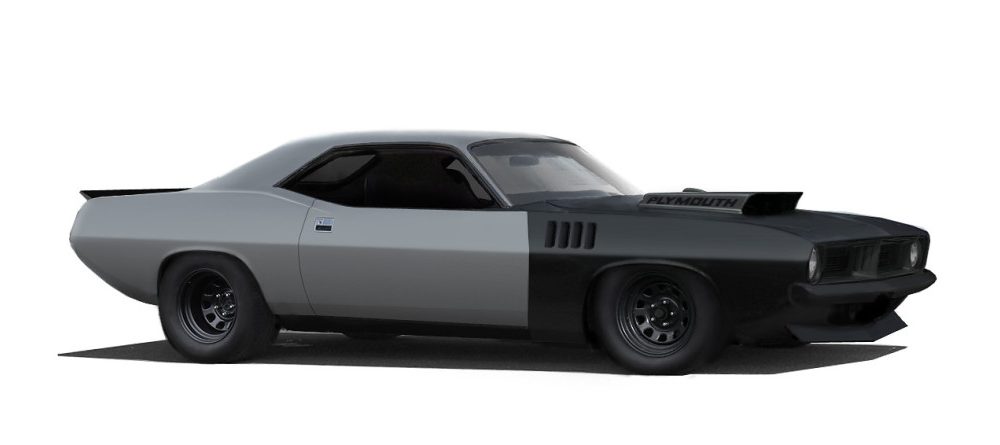
What’s the big deal about primer? Plenty, actually. To begin with, it’s important to know what primer is and what it’s used for.
Primer is the undercoat of paint. It gets the surface of what you’re about to paint “primed,” or ready, for the paint to be placed on top. If your primer is not done correctly or worse, not at all, your paint job won’t be all that it could be. Think of primer as the mediator between your surface and your paint.
Choose the Correct Primer
The primer you choose will depend on the type of paint job you’re going to do and the type of surface you’ll do it on. For example, you’ll definitely want to use a primer if you’re going to be painting on:
- Untreated wood surfaces
- Untreated metal surfaces
- Untreated drywall
- Walls that have been patched up
- Surfaces that have been stained
- Any surfaces that are not smooth, such as knotted wood
The most common types of primer are acrylic-latex, alkyd-oil base, and tinted shellac. Let’s look at each of these.
Acrylic-Latex
You should use an acrylic-latex if you’ll be painting on drywall that has not been previously painted on. The color you choose should complement the color you will place over it.
In addition, if you’re going to change the current color of a painted surface from a dark color to something lighter, you’ll want to choose a primer that is also a light color. The same rule applies if you’re changing from a light color to a darker color, as well.
Alkyd-Oil Base
This is a very common type of primer and is good for a variety of surfaces and paint types. For example, oil-based primers work well on wood, metal, and steel. You can use them with acrylic paints as well as oil-based paints. In addition, they typically dry quickly, allowing you to start your paint job usually within an hour after application.
Tinted Shellac
Shellacs are good when you are going to paint on plastic, glass, or a laminated surface. However, before applying primer to these surfaces, they should be lightly sanded first, to ensure the primer will go on more smoothly.
Tinted shellacs are also good if the room or surface you’re painting has an unpleasant or strong odor, say from cigarette smoke. In addition, if the surface you’re painting has been previously stained due to water damage, for example, you’ll definitely want to apply a shellac primer first. Depending on the damage, you may need to apply more than one coat.
Final Thoughts
Using a good primer is important to ensure the surface you paint on won’t peel, crack, or flake. In addition, it will allow your new paint to adhere better and last longer than if you didn’t use a primer. It’s important when choosing a primer to consult with a painting professional. However, for simple jobs, following some basic guidelines can ensure that your finished paint job will look great and last a long time.